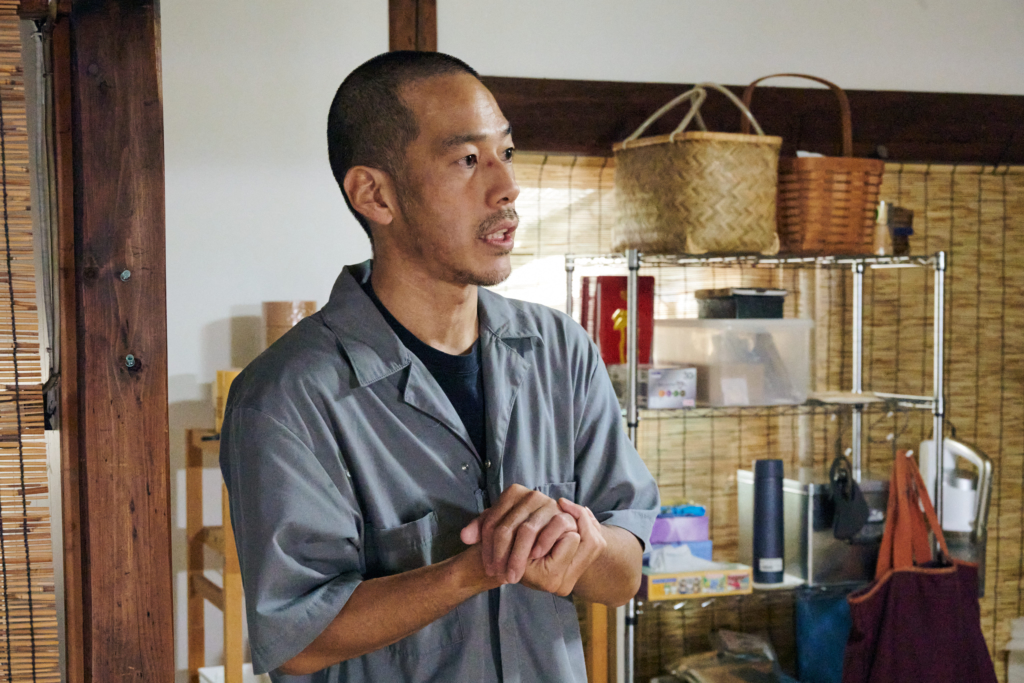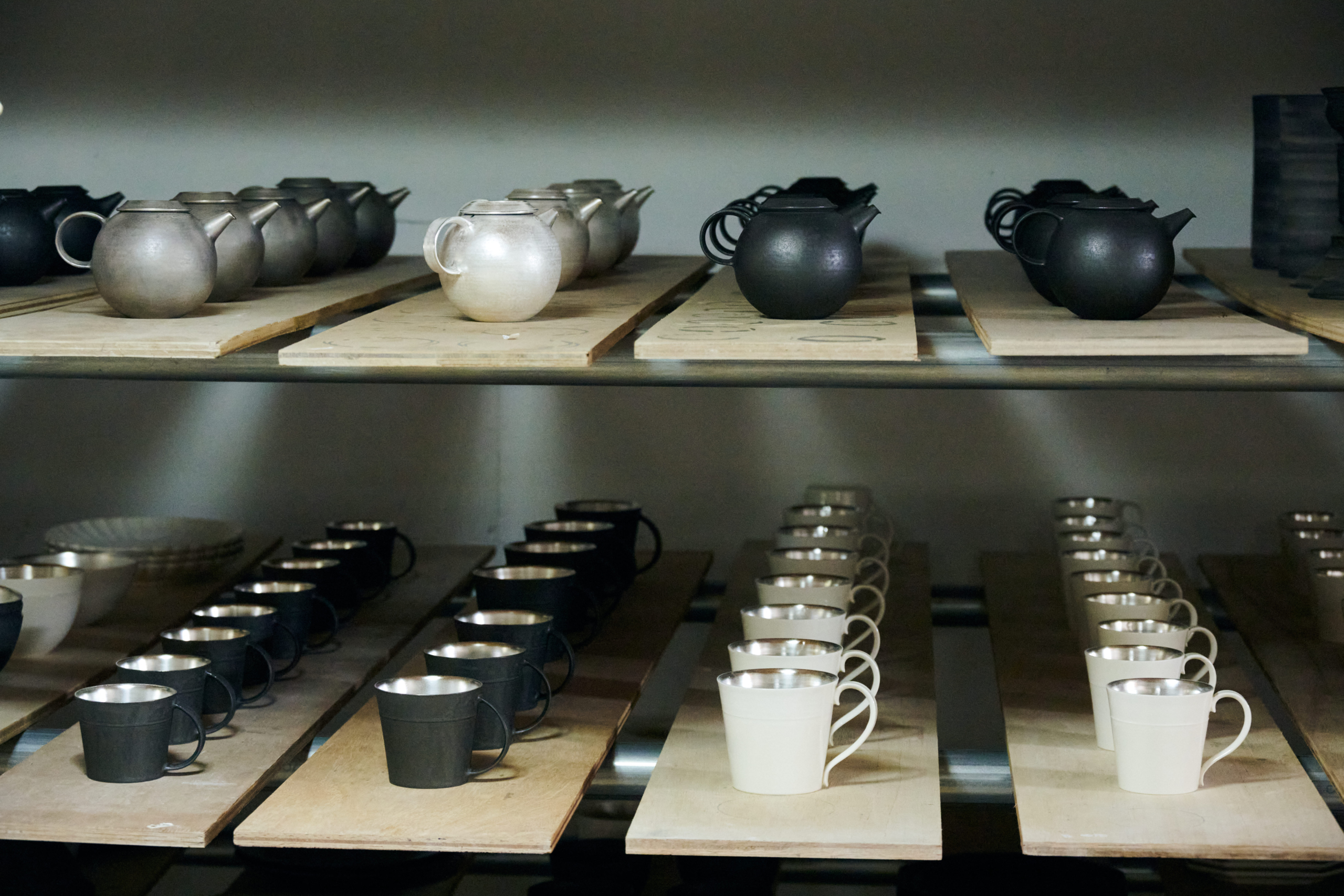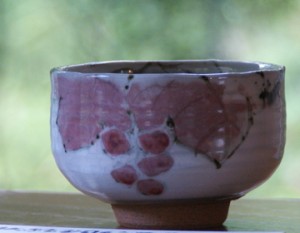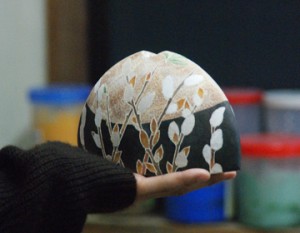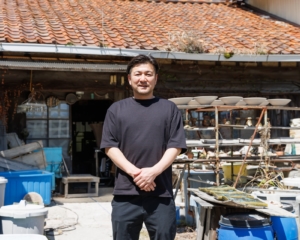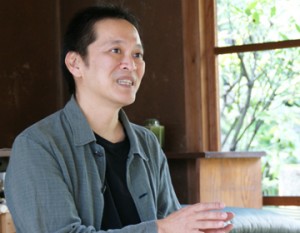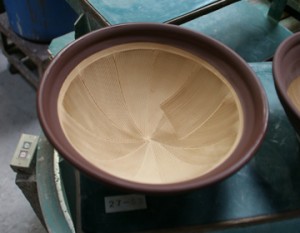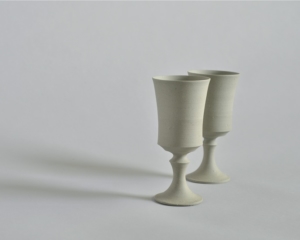Southeastern Gifu Prefecture. The region known as “Tono” is home to Tajimi City and Toki City, which have long been known as pottery production centers, and is a well-known mecca for pottery, where raw materials for pottery production are readily available and artists gather from all over the country.
The roots of Tatsuya Hattori
Tatsuya Hattori, a ceramic artist, grew up in Tajimi City, where things related to ceramics, such as potter’s wheels, kilns, ceramic artists’ studios, and factories that mass produce ceramics, are part of the daily scenery. Because he grew up in an environment where these things were so integrated into daily life, he did not feel that they were special, nor did he consciously come into contact with them. As a boy, he loved to make things and draw pictures, but he never thought he would choose a job related to the local ceramics industry, as he was not in an environment where he had to take over the family business. Here in Gifu, it is very rare for someone like Mr. Hattori to grow up in his hometown and then go on to become a ceramic artist. However, he could not imagine himself working as a “normal” office worker, so he entered a pottery class on a whim and was awakened to the joy of making things, and decided to pursue his career. Later, he enrolled in the Tajimi City Ceramic Design Institute, where many students from outside of the prefecture gathered. He had never even touched clay for pottery, except for a little sketching when he was studying at art college. People who came to study pottery usually had some connection to pottery, such as a family history of pottery making, so it was unusual for someone like Mr. Hattori to become a potter in his own lifetime. He engaged in friendly competition with other students who had high aspirations to become potters, and he faced the potter’s wheel more than anyone else, aiming to establish his own style of work.
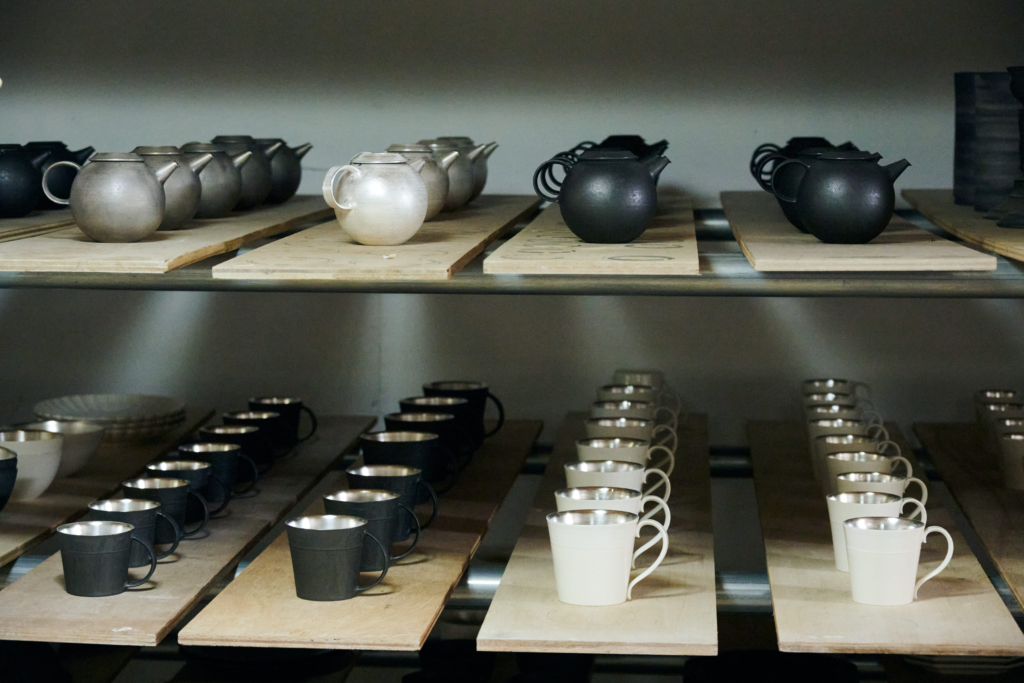
Among the various works she encountered, it was the work of Austrian artist Lucy Lee (1902-1995), who was active in the United Kingdom, that struck a chord with Ms. Hattori. The exhibition in Osaka in 1989, for which the architect Tadao Ando designed the space, attracted much attention and confirmed her popularity in Japan. Even after her death, many collectors continue to seek out her works, and a pair of her tea bowls now fetch as much as several million yen.
The simple forms of her works are filled with elegance. Smooth curves that encompass a dignified air and softness. The rich colors she has created by reinterpreting traditional techniques. She says, “Ceramic art can be so free. The incomparable beauty of his art-like works resonated with Hattori and broadened his image of ceramics. And, to pursue new expression without being bound by existing values. Following the attitude she felt from her work, she began to ask herself how she could express herself in her own unique way.
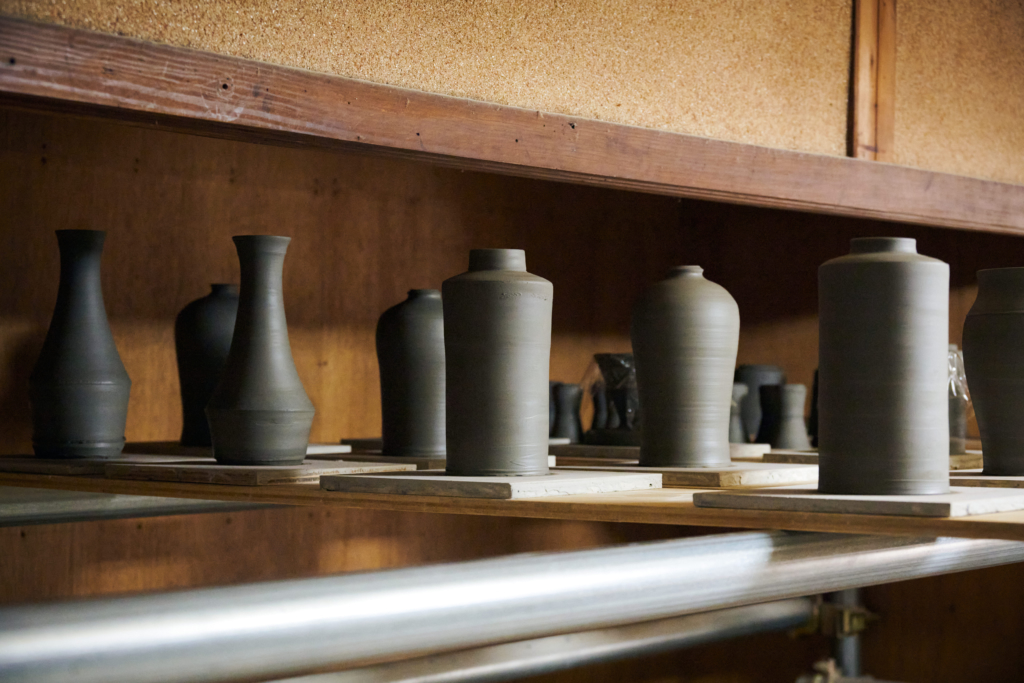
The ideal ceramics
Mr. Hattori’s ideal was to create ceramics that would not fade over decades and would bring him joy every time he used them. Since he calls himself a ceramic artist, he wanted to give form to something that is not commonplace, something that gives a special feeling. One of the masterpieces he created in this process is the black and silver mug. The matte-black surface is contrasted by the silvering on the inside of the mug. The more this gorgeous silver coloring is used, the more it oxidizes and becomes “smoked silver,” which adds to its flavor. The cup is easy to drink and hold, yet it is also easy to use. Formative beauty and functional beauty. Mr. Hattori has pursued the compatibility of these two “beauties,” which seem to be close but at the same time contradictory.
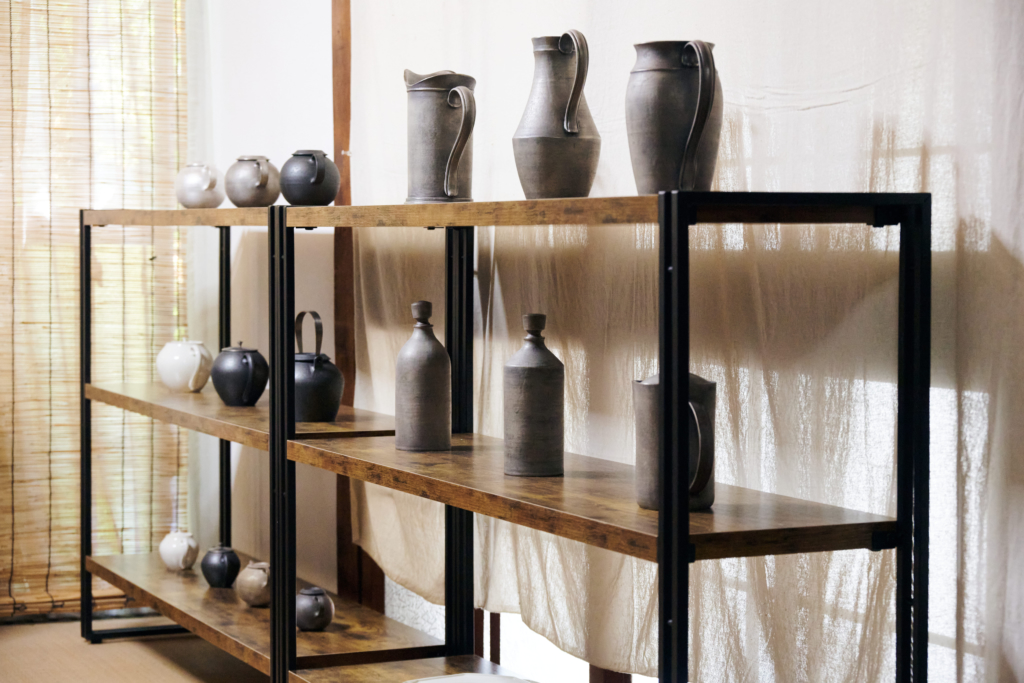
I put my family through a lot of trouble until I was able to make a living with ceramics, but I want to continue in my current environment where I can work within earshot,” said Hattori, who is now based in Toki City. He says he will continue to work alone, with no assistants. Therefore, he cannot make a large quantity of works, but he spends a lot of time with himself and his works. He spares no effort in making a piece or two, and he does so carefully. The products produced by Mr. Hattori’s hands, with care and attention to each and every detail, bring a quality of relaxation to those who use them.
